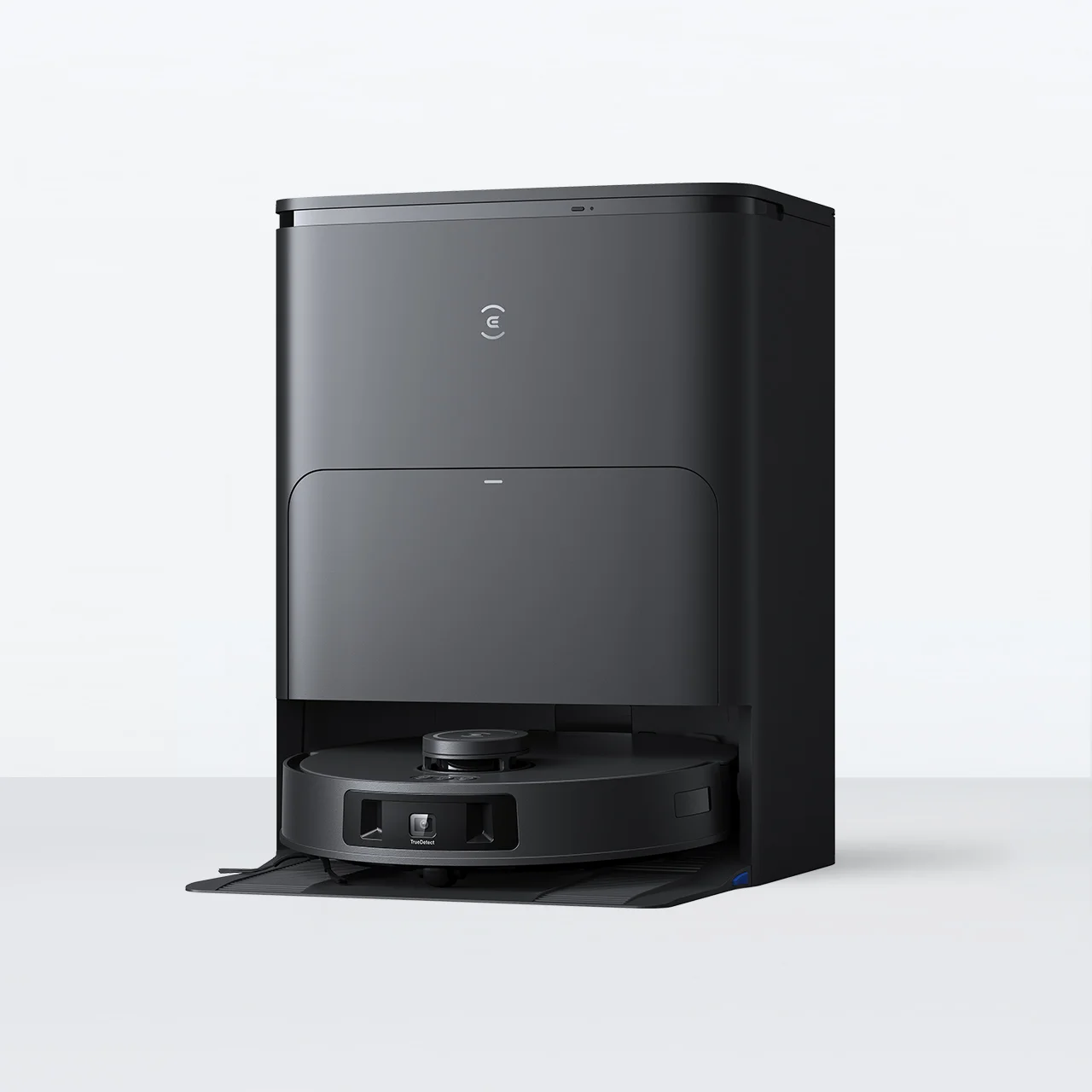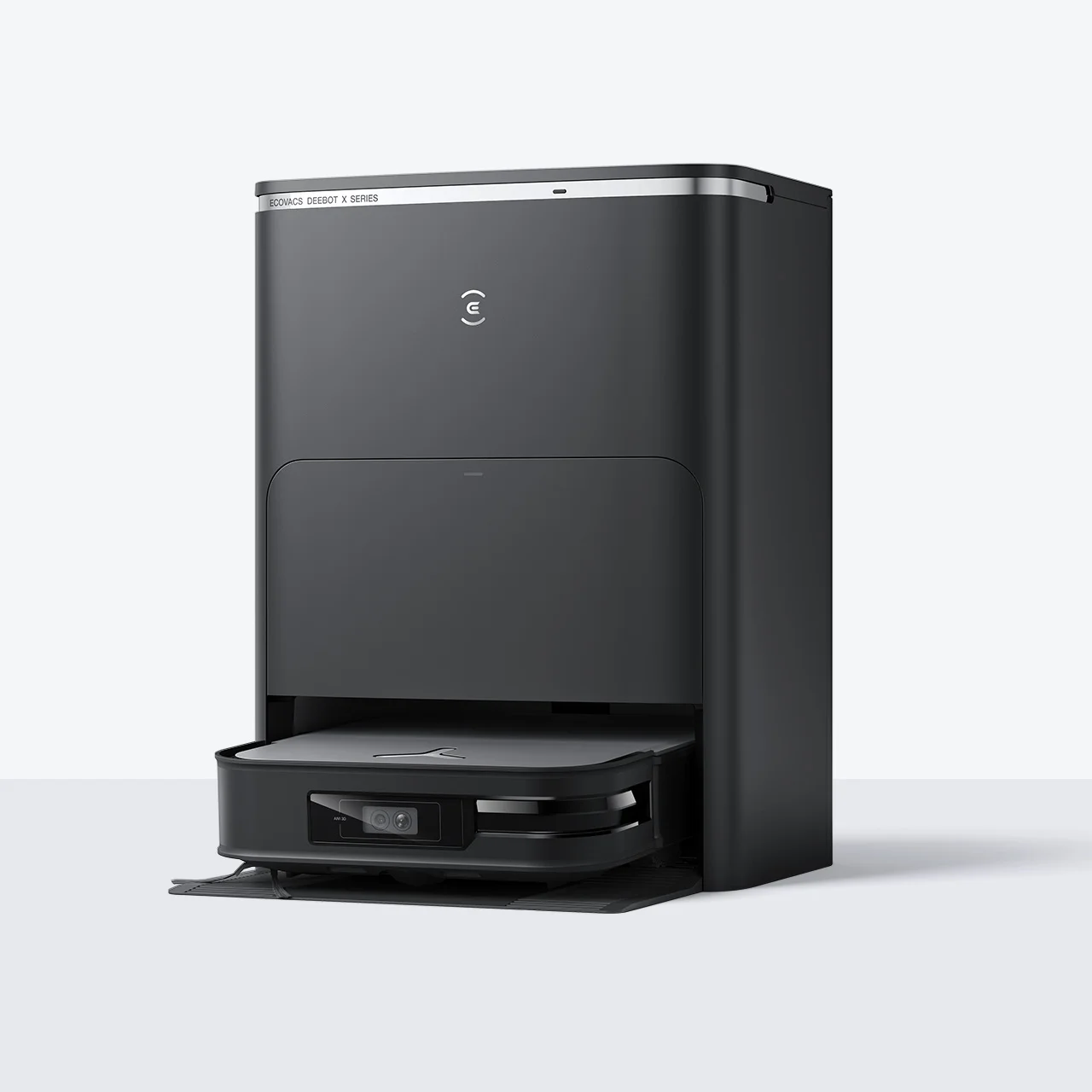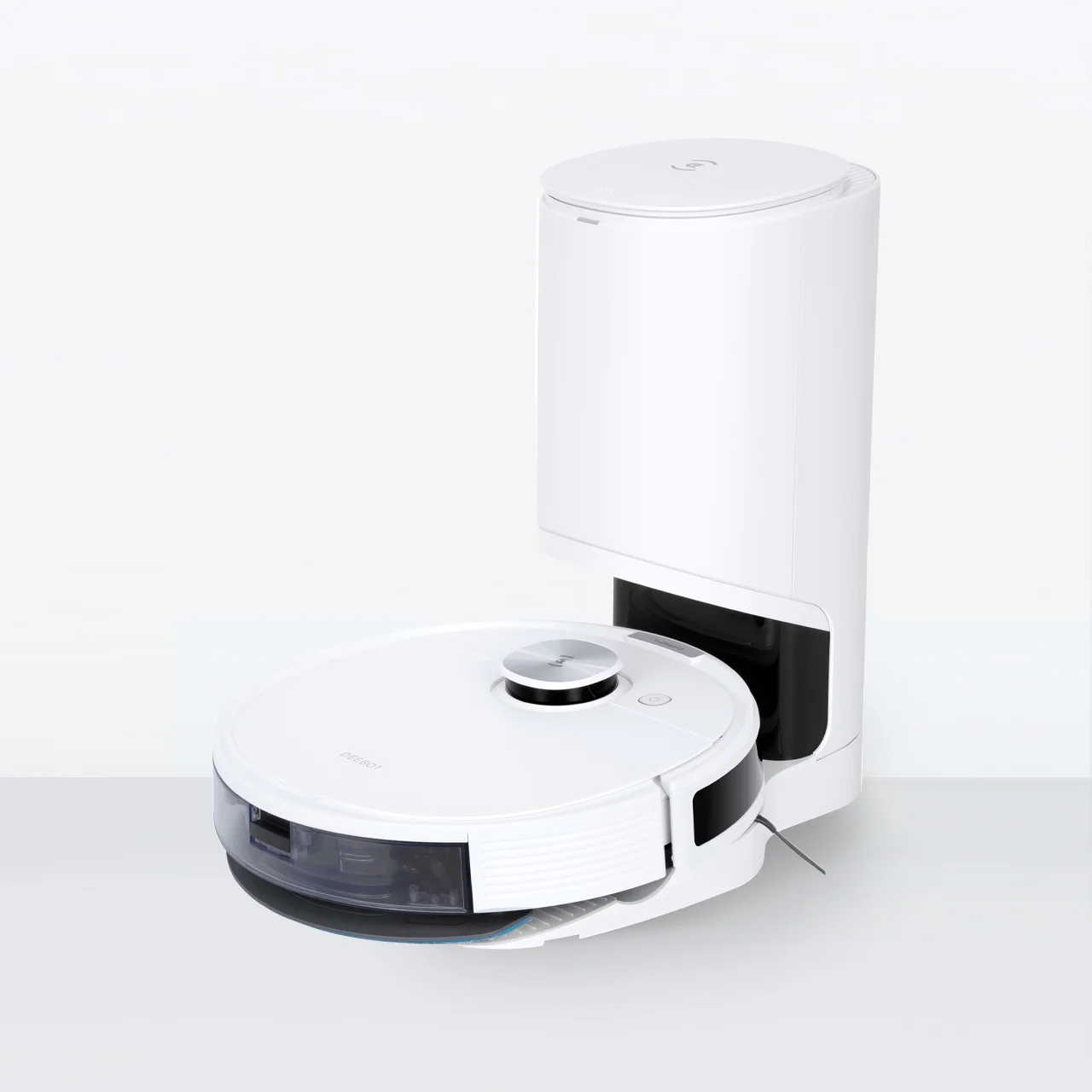
Cleaning up the home is a necessary but time-consuming process. According to the American Time Use Survey released by the Bureau of Labor and Statistics in 2024, women spent an average of 2.7 hours on household activities such as housework and household management, while men spent 2.1 hours on the same tasks — with more people engaged in housework on weekends (43%) than weekdays (33%). This is where an appliance like a robot vacuum cleaner comes in handy, as it aims to make the house-cleaning experience hands-free so that you have more free time to relax, exercise, or attend to other chores.
However, you may wonder how often you should run your robotic vacuum cleaner. You can use your device daily, a few times a week, or even once a week. This depends on several factors, but is generally determined by your living space and the needs of your household.
How Often I Should Run My Robot Vacuum?
Most owners believe that running their robot vacuums four times per week is sufficient to keep the floors dust-free. How often you use your robot vacuum is determined by many factors, such as your lifestyle requirements, the size and layout of your home, whether you have pets and/or children, and health concerns you or other members of your household may have.
Household Size and Lifestyle
If you live alone, especially if you spend most of your day outside the home, running your smart vacuum a few times a week should be enough to keep your space clean. But larger households, particularly those with children, will probably need more frequent cleaning as kids may bring in dirt from outside or make a mess while playing at home. High-traffic areas — such as the kitchen, the living room, and playrooms — can be cleaned 3–4 times a week. You may need to do the occasional spot-cleaning for messes and spills. Professionals with hectic lifestyles can schedule cleaning sessions on their appliances while they’re at work or if they’re busy at home.
Floor Type
The type of flooring you have in your home is a key factor that dictates how regularly you should use your smart vacuum. Hardwood floors generally stay cleaner longer and are easier to maintain. Depending on the level of foot traffic, running your robot vacuum 2–3 times a week might be enough. However, homes with carpets typically need more frequent vacuuming as carpets tend to trap more dirt and dust compared to hardwood or tile floors.
Home Layout
Homes with large, open floor plans may need less frequent vacuuming as there are fewer obstacles for the vacuum to navigate. However, cluttered and tight spaces may require more regular cleaning to ensure all areas are adequately covered. If your home has multiple floors, you may have to run your robot vacuum more often as these living spaces tend to be bigger.
Allergies and Health Considerations
If you or someone in your family suffers from allergies, daily or alternate-day vacuuming can reduce allergens such as dust mites, pollen, and pet dander. Maintaining a dust-free environment is essential for those with asthma or other respiratory issues. Regular vacuuming helps minimize triggers and promotes a healthier living space.
Pet Ownership
Homes with pets will benefit from daily or every-other-day vacuuming. Pet hair and dander can accumulate quickly, affecting cleanliness and air quality. Robot vacuums are excellent for managing pet hair, but frequent use is critical to stay ahead of the mess.
Environmental Concerns
If you live in a place with higher levels of pollution, such as a big city or in front of a busy street, you may want to run your robot vacuum more frequently. For instance, if construction is happening nearby, let your robot vacuum work at least twice a week. If you live in the suburbs, where the air is cleaner, you only need a once-a-week cleaning.
When Should I Adjust How Often I Run My Robot Vacuum?
There are times when you’ll need to run your smart vacuum more often or less regularly than you usually do. For instance, you’ll probably need to clean your home less frequently when you’re away for long stretches of time, such as when you’re on vacation or on a work trip. In addition, if you have older children who have moved out, there will be less foot traffic and you may not need to clean your home as often as before. If you have a robotic vacuum in a secondary residence that is not occupied for extended periods, such as a holiday home, you can schedule weekly cleaning sessions to take care of dust that accumulates on the floors.

However, you may need to increase how often you run your robot vacuum during certain times of the year, like spring when pollen levels are high or fall when leaves are tracked indoors.
Similarly, your home may require additional cleaning when you’re expecting more people in your home, such as during holiday seasons or when you host parties. This is when you’ll use your device more as you’ll have to clean up before guests come over and after they leave.
Certain lifestyle changes, such as when you have a new baby, may also require you to run your appliance more often than before to reduce any dust and allergens in your home environment, and to keep the floor clean once the baby starts crawling. Nowadays, many robot vacuums cleaners have HEPA filters, including our DEEBOTs.
How Can I Maintain My Robot Vacuum for Optimal Use?
It’s essential to maintain your robot vacuum so that your device runs efficiently, no matter how frequently you use it.
Here are some maintenance guidelines for robot vacuums you can follow to keep your device in good working order:
● Empty dustbins: How often you empty your robot vacuum cleaner depends on whether you need to do it manually or whether the device does this automatically. Bins or bags of older models need to be cleared of dust and debris every 2–3 days. Newer smart vacuums with auto-empty features have base stations that typically need to be emptied every 45–60 days.
● Clean sensors, rolls, and brushes: Wipe away dust and debris from the sensors with a cloth, and remove hair or pet waste entangled in the brushes or rolls using a special tool, if required.
● Check and clean the filter: Clogged or dirty filters can adversely affect the performance of the device, leading to incomplete cleaning or the need for repeated passes over the same area. Clean your robot vacuum filter every two weeks, and replace it if it’s worn out.
● Clean and change the mop pads: Some devices come with mopping capabilities and docking stations, so the mop pads are cleaned and dried automatically. Replace the pads periodically to get the best cleaning performance from your appliance.
● Set up cleaning schedules: Make sure you run your robotic vacuum every few days to keep your home clean and to maintain the battery life. Use the companion app to schedule cleaning sessions and create no-go zones to ensure the machine only goes where you want it to clean.
● Proper storage and care: Keep your appliance in a dry place to prevent moisture from damaging its electrical components. Store it away from areas with extreme heat or cold to protect the battery and other parts. Place it on the charging dock or in its base station to ensure the battery remains charged and in good condition.
● Regular updates: Make sure there are no pending updates to your robot vacuum’s software or firmware. Doing this will ensure that your device has all the latest functions to keep it running well.
If you encounter any problems, read our troubleshooting guide, or contact our support if you're using a DEEBOT.

FAQ
How do I know if I’m running my robot vacuum too often?
You might be running your robot vacuum too often if the battery depletes quickly, it requires frequent emptying, or there’s minimal dirt between cycles. Excessive wear on brushes and filters can also indicate overuse.
Can running my robot vacuum daily damage my floors?
Running your robot vacuum daily is unlikely to damage most floors if the vacuum is well-maintained. Nevertheless, ensure wheels and brushes are clean and free of debris to prevent scratches. For delicate surfaces like hardwood, check for any signs of wear and adjust the frequency, if necessary, to prevent potential damage.
Will running my robot vacuum every day damage the battery?
Running your robot vacuum daily can strain the battery over time, leading to faster degradation. To prolong battery life, ensure it’s charged properly, avoid full discharges, and follow manufacturer recommendations. Regular maintenance and occasional breaks can help maintain optimal battery health and performance for longer use.
Related Products









